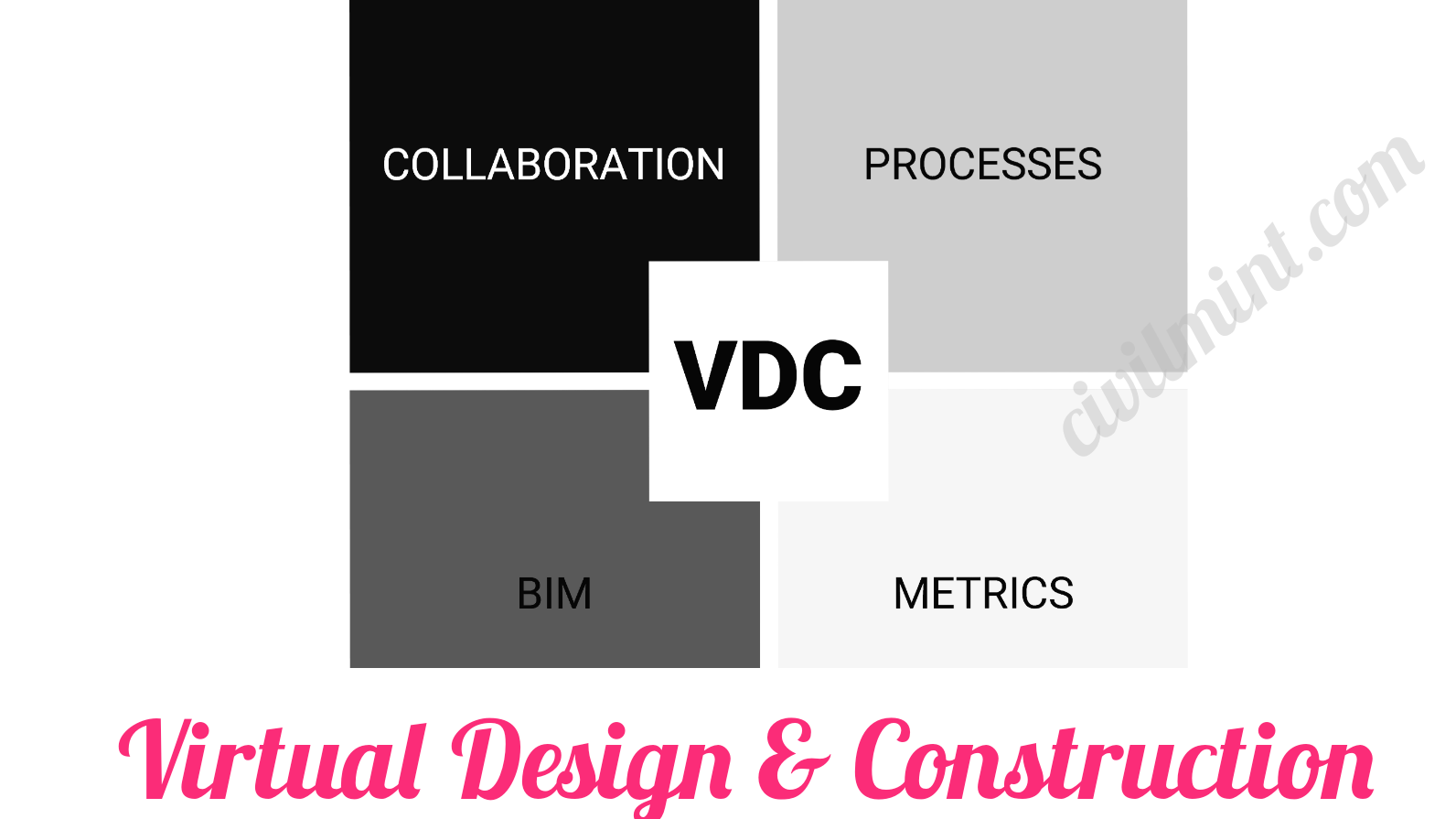Table of Contents
Definition
Virtual Design and Construction (VDC) is a technological collaboration process in the construction industry that involves the creation, integration and management of digital models and information throughout the construction life cycle.
What Is Virtual Design And Construction (VDC)?
Virtual Design and Build (VDC) is a revolutionary technological approach to creating digital models of structures and project sites.
Architectural visionaries, skilled architects and skilled contractors use the power of the VDC model to create a clear vision and strategy for building design and operation, accurate schedules, accurate budgets and beyond.
Virtual Design and Construction (VDC) is the continuous collection of project information. Its continuous monitoring allows the status of the project to be assessed and adjustments made as necessary. This clearly stated framework helps in achieving jointly defined project goals. As a result, these should be directly oriented towards meeting the objectives set by the customer.
Harnessing the power of VDC technology enables organizations to scrutinize construction projects from start to finish before turning their most ambitious endeavors into reality.
Difference Between VDC And BIM
VDC and Building Information Modeling (BIM) technologies share connections but serve different purposes. BIM technology is responsible for creating digital replicas of physical structures. VDC technology, on the other hand, uses 3D BIM models and ancillary data to carefully strategize every aspect of a construction project—from estimating costs to scheduling and managing potential risks.
The AEC digital models offers VDC teams the opportunity to conceptualize, design, construct and maintain buildings virtually through the seamless integration of CAD and BIM tools. Initial risk can be reduced by optimizing the design to ensure operability during construction. Also, determining the exact amount of material helps in estimating construction costs. Among other benefits, model synchronization can reduce the incidence of costly on-site coordination challenges.
Benefits Of Virtual Design Construction (VDC)
Streamlined Project Communication
VDC technology centralizes project information, making communication smoother and more efficient among various teams and stakeholders. This reduction in misunderstandings ensures everyone remains aligned in their understanding of project goals and requirements.
Clash Detection and Resolution
VDC enables the early identification of potential conflicts between different building elements during the design phase. This proactive approach prevents costly rework and delays during construction, ultimately resulting in a more streamlined and efficient building process.
Real-time Project Tracking
VDC provides stakeholders with the ability to monitor project progress in real time, allowing for continuous tracking against the original plan. This transparency empowers teams to identify any deviations promptly, enabling swift corrective actions to keep the project on track.
Sustainability Integration
VDC technology facilitates the integration of sustainability measures and green building practices. By simulating energy usage, material choices, and environmental impacts, it encourages the adoption of eco-friendly decisions that align with modern environmental standards.
Remote Collaboration
VDC technology offers the advantage of remote collaboration, enabling experts from various locations to contribute seamlessly to the project. This capability becomes especially valuable during situations like travel restrictions or remote work arrangements.
Efficient Change Management
Through VDC, changes can be rapidly implemented and visualized, allowing stakeholders to comprehend the implications of design modifications swiftly. This expedites the decision-making process and minimizes potential delays caused by indecision.
Improved Risk Management
VDC provides a platform for proactive assessment and mitigation of project risks by simulating diverse scenarios. This approach empowers teams to identify potential challenges beforehand, leading to better risk management and smoother project execution.
You might also like: What Is Building Information Modeling (BIM)
Better Facility Management
The data-rich models generated during VDC serve a dual purpose by aiding ongoing facility management. This means that maintaining, operating, and upgrading the building over its lifecycle becomes more efficient and informed, maximizing the building’s long-term value.

